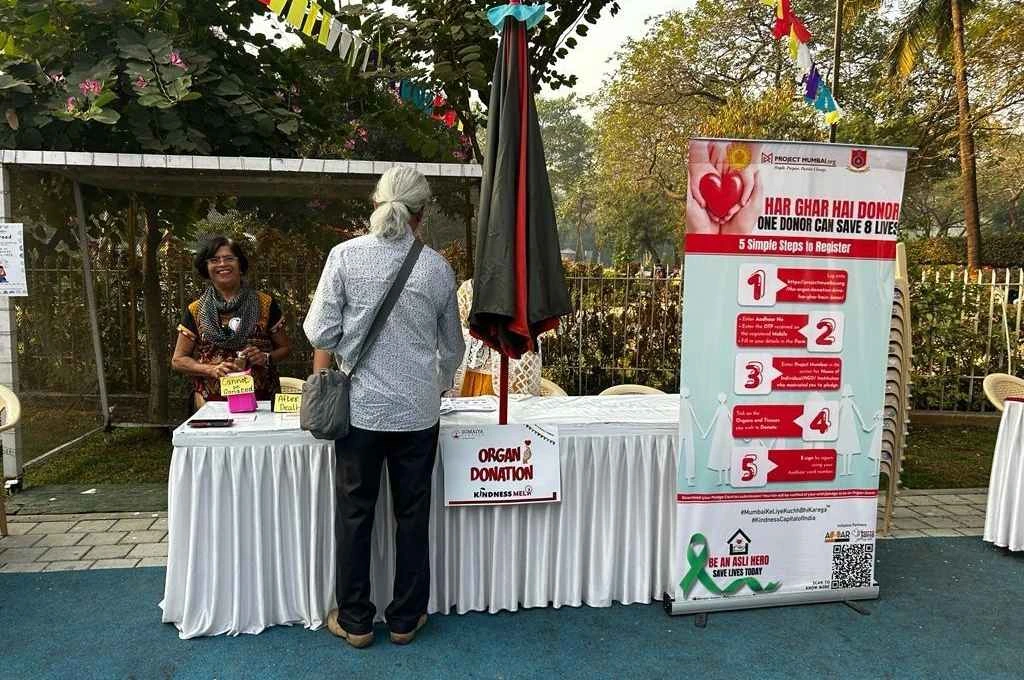Building a high-performing team is absolutely crucial for reaching your organisation’s goals. Unfortunately, most development sector jobs don’t offer the same salary or perks as the corporates with whom you’re competing for talent. But there are still plenty of ways to attract and recruit incredible professionals to your organisation—here are a few ideas from the dozens of development and impact organisations we’ve worked with at Shortlist.
1. Show candidates what it looks and feels like to work with you
Give candidates every possible chance to learn about why it’s great to work at your organisation. On your job descriptions, website, and social media pages, describe your work space, a ‘day in the life’ in the role, examples of fun company activities, and testimonials from your current team members. Pictures and videos help you show instead of tell, allowing applicants to picture themselves on your team.
2. Communicate the impact that your organisation has, and the way your team gets to experience that in their roles
For applicants on the fence about a sector change or pay cut, emphasising the way the role can generate impact is crucial.
Don’t just rely on glossy pictures in an annual report to tell the story; get specific about the direct ways that each role can generate and taste impact. For example, discuss the direct ways that a finance manager is enabling the important work of the overall organisation, highlight the direct engagement finance managers will have with field staff, and the opportunities to connect to impact through team discussions and ‘brown bags’, or quarterly site visits. For applicants on the fence about a sector change or pay cut, this inspiration is crucial.
3. Help candidates understand how time spent at your organisation can link to a bigger career picture
The world is changing, and employers of all stripes are looking for a new kind of manager, one that shows ability to navigate a VUCA (volatile/uncertain/complex/ambiguous) world, work across contexts (geographies, cultures, personalities), and continually learn and reinvent.
Related article: How to crack the talent test
This includes all the usual challenges involved in getting things done but also often touches on political, cultural, socio-economic, and infrastructural issues as well. Help applicants understand that your organisation can be a terrific training ground to develop these skills in navigating uncertain terrains, and a great set of stories to share with future would-be employers.

The complexities of the development space create a fertile context for young professionals to hone abilities to learn | Photo courtesy: Pixabay
4. Highlight the perks you can offer
As a lean development organisation, it’s unlikely you’re going to be able to compete with corporates on salary or fancy office perks. That doesn’t mean you can’t design an attractive compensation package that highlights the benefits you can offer. Does the role offer unique travel or professional exposure? Does your organisation have flexible work hours or the option to work from home? Could you create an internal mentorship programme, or connections with other leaders in the development space for professional development opportunities? Does your team do a lot of fun bonding activities? Get creative for low or no-cost ways to provide benefits—for example, gathering weekly to play a YouTube meditation video, or bringing in a yoga teacher once a month still counts as a wellness program.
Related article: Five ways nonprofits can leverage for-profit talent
5. Focus on transferable skills
Especially if you’re recruiting from the corporate sector or academia, the candidates you review may not have the exact work experience you’re looking for, but still possess the fundamental skills needed to be high-performers. For example, an applicant coming from a banking background might have the necessary analytical and quantitative background to be a Monitoring and Evaluations associate, but doesn’t have an M&E internship to back it up. Don’t pass up on these applicants—their diverse backgrounds and training may help them bring new ways to look at old problems.
Diverse backgrounds and training may help bring new ways to look at old problems.
List core competencies and skills in your job descriptions, instead of listing a certain type of prior functional experience as a ‘must have’ so you’re not excluding any potentially great applicants. On the flip side, be sure your role descriptions and ‘sales’ processes emphasise that the skills learned on the job can be transferable to other contexts in the future, often to more commercial or lucrative positions if that’s a future ambition.
6. Follow best practices every step of the recruitment process
You can set yourself apart from other employers by being transparent, communicative, and responsive throughout the hiring process. After all, who doesn’t want to work at a professional and human-centric organisation? When you receive an application, be responsive, acknowledging that you’ve received the application, and are reviewing it. Set timelines with the candidate and stick with them—for example, after a phone screen, tell them when they’ll hear back from you next, and make sure that you do get in touch by then, even just to share an update. Try to not unnecessarily prolong the process, knowing that an anxious job seeker is waiting on the other end. All of these efforts will add up, and encourage candidates to accept your offer.
Being conscientious is equally important for the candidates that you decide not to proceed with. When rejecting a candidate who has made time to speak with you, try to provide direct feedback on why they weren’t a fit. And yes, it’s the right thing to do to send a rejection notice to everyone who applied—no more black holes. Show empathy and gratitude for the candidate’s effort and interest in your company. Despite their disappointment, candidates will be really impressed with the effort you show and will speak highly of your company to their networks.






